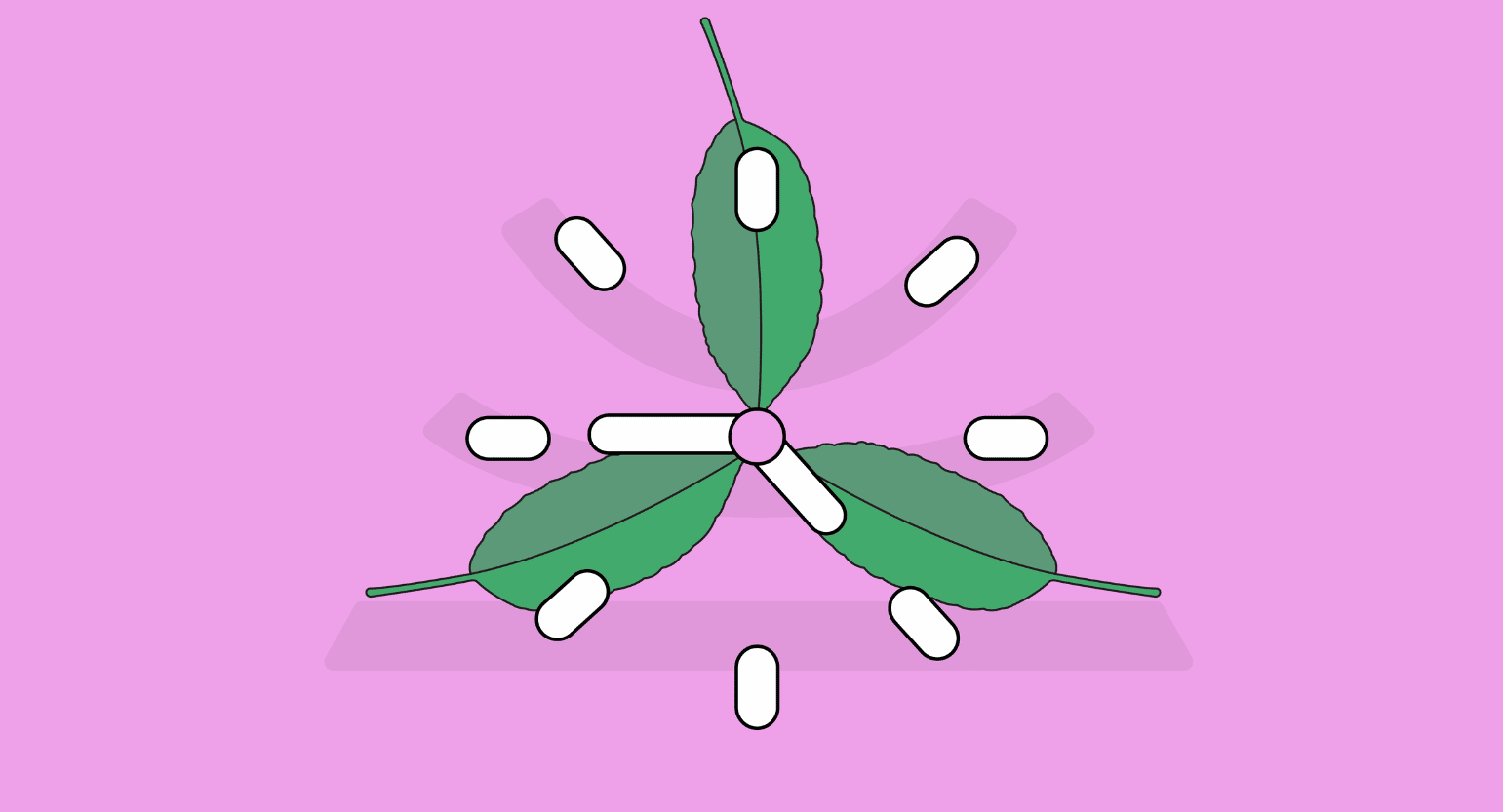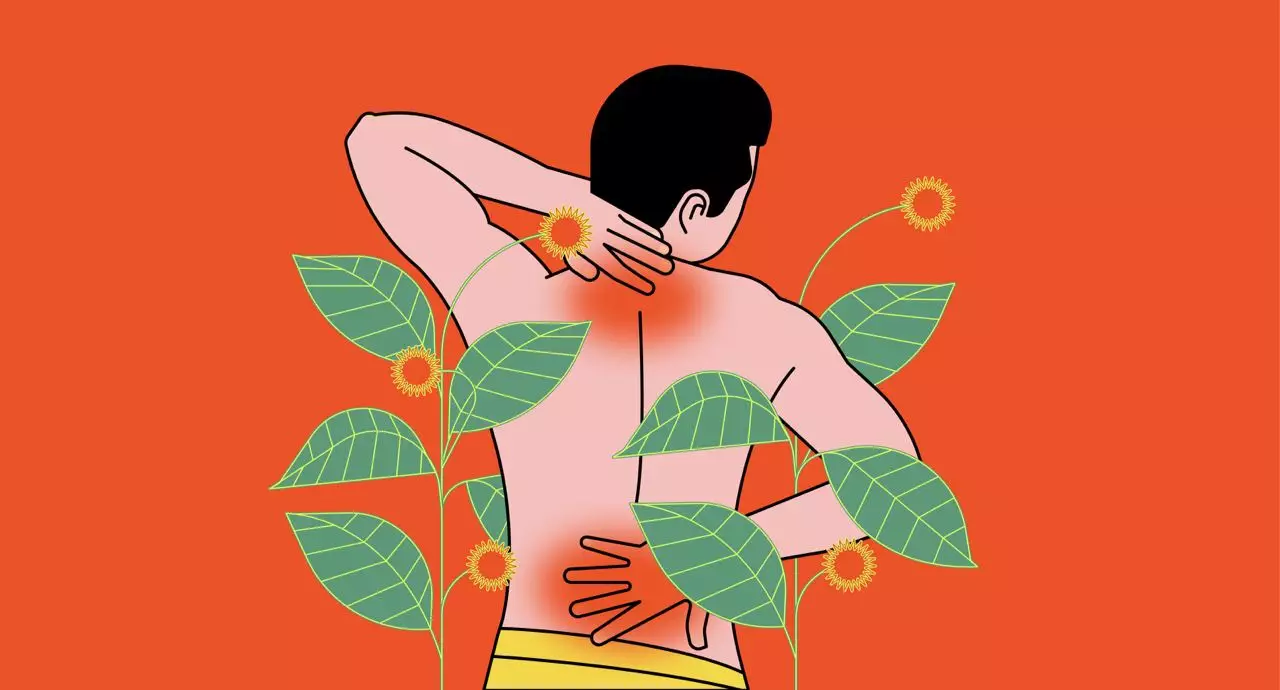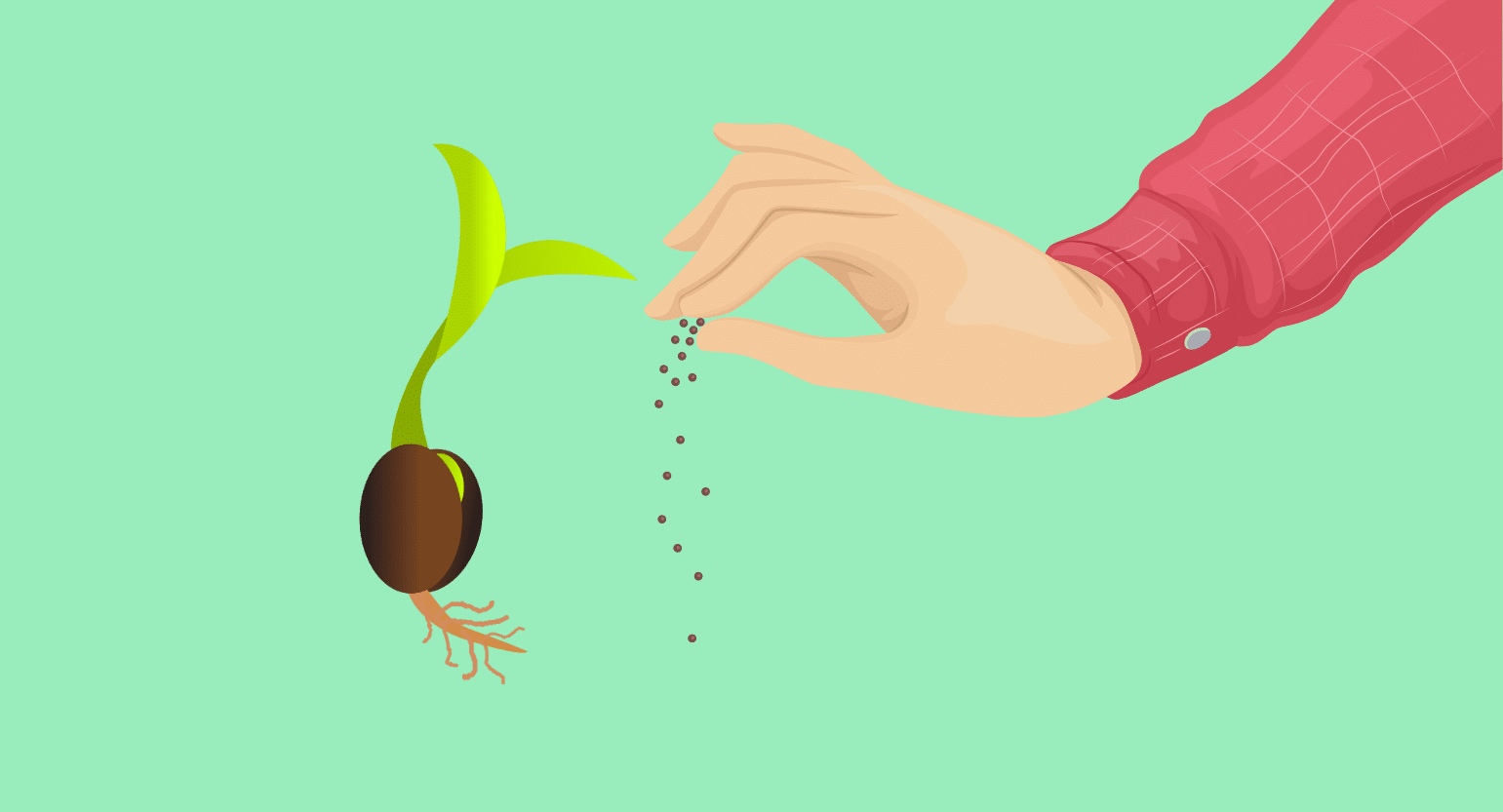Does Kratom Interact With Ivermectin?
Ivermectin will not interfere with kratom’s psychotropic or bodily effects. However, these compounds do have a dangerous metabolic interaction.
Ivermectin is extensively metabolized in the liver by the cytochrome 3A4 enzyme [1]. This could be an issue for kratom users as it has a moderate inhibitory effect on the 3A4 enzyme [2].
This inhibitory effect will make the clearance of ivermectin less efficient. This could cause an increase in ivermectin in the blood and put the user at an increased risk of adverse effects.
There is further trouble as CYP3A4 inhibitors also inhibit P-glycoprotein transport, which increases the risk of enhanced absorption past the blood-brain barrier [3].
Is it Safe to Take Kratom With Ivermectin?
While serious side effects aren’t expected, it’s unclear whether this combination is safe. We recommend avoiding this combination or speaking to your prescribing doctor before mixing.
Ivermectin is usually only taken in single doses, limiting the risk factor considerably because there won’t be a continual build-up of the drug inside the user’s system. Drugs that are taken daily have a higher chance of interacting with kratom.
However, CYP3A4 inhibitors such as kratom could increase the passage of ivermectin across the blood-brain barrier. One of the main safety points for this drug is that it doesn’t usually cross into the brain, so anything that alters this effect can be dangerous.
If you want to stay safe, the best thing you can do is abstain from taking kratom for a full day after taking ivermectin.

What is Ivermectin?
Ivermectin is an antiparasitic drug that belongs to the avermectin family of medications. It was first approved for veterinary purposes but later approved for human use.
Ivermectin works through various mechanisms to effectively target parasites and kill them.
Ivermectin can be taken by mouth, topically, or by injection. It does not readily cross the blood-brain barrier, thus making it safe for use in mammals at the appropriate dosages. Ivermectin has an elimination half-life of 18 hours and is available in prescription-only and over-the-counter formulations.
It is on the WHO’s list of essential medicines and is available as a generic medicine.
Ivermectin Specs
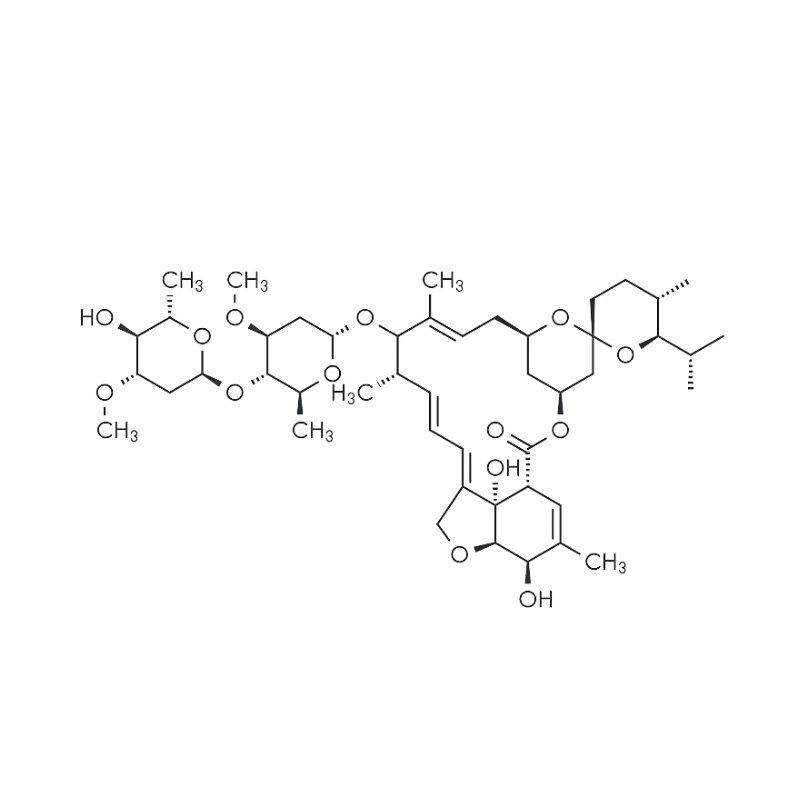
| Drug Name | Ivermectin |
| Trade Name | Stromectol, Soolantra, Sklice |
| Classification | Antiparasitic |
| CYP Metabolism | CYP3A4 |
| Interaction With Kratom | Metabolic inhibition |
| Risk of Interaction | Moderate |
What is Ivermectin Used for?
The FDA has approved ivermectin for the treatment of the following parasitic infections:
- Onchoceriasis due to Onchocerca volvulus
- Strongyloidiasis of the intestinal tract due to nematode parasite (Strongyloides stercoralis)
Ivermectin has also shown promising results in the treatment of various other nematodes and ectoparasites, although it has not received FDA approval for all of the following [4]:
- Ascariasis
- Cutaneous larva migrans
- Head lice
- Loiasis
- Lymphatic filariasis
- Scabies
- Strongyloidiasis
- Trichuriasis
Generic & Brand Name Versions
Ivermectin can be found in the market under the following brand names:
- Sklice
- Soolantra
- Stromectol
Consider that this list is incomplete; depending on where you live, you can find other brands or generic versions of ivermectin.

What’s the Dose of Ivermectin
The dosage of ivermectin depends mainly on the infection and the patient’s body weight. The proper dosage is usually around 150-200 micrograms (mcg) per kilogram (kg) of body weight taken as a single dose.
Ivermectin should be taken on an empty stomach.
Depending on the type of infection, follow-up doses may be necessary for up to several years. For instance, ivermectin will clear larval Onchocera volvulus, but adult worms will survive in the skin and produce larvae for their 10-15 year life span, requiring at least one dose of ivermectin per year while they’re alive [5].
It is always preferable that a qualified physician determine your ivermectin dosage.
What Are the Side Effects of Ivermectin?
The FDA warns that adverse reactions to ivermectin include:
- Abdominal pain
- Asthenia/fatigue
- Constipation
- Diarrhea
- Dizziness
- Nausea
- Pruritus
- Rash
- Somnolence
- Tremors
- Urticaria
- Vertigo
- Vomiting
In standard doses, ivermectin is considered to be free of toxicity.

What is Kratom?
Derived from the leaves of the Mitragyna speciosa, kratom is a herbal compound with a fantastic number of properties.
Much like coffee and the coca leaf, kratom owes its benefits to the potent alkaloids inside it; the two most numerous are mitragynine and 7-hydroxymitragynine.
There are many ways to consume kratom; just make sure you buy from a trusted source. Kratom is still an unregulated product, and it is dangerous to consume kratom contaminated with adulterants.
You can rely upon the kratom community to identify trustworthy buyers and all other necessary information.
What is Kratom Used for?
The kratom plant has many uses — and more are sure to be discovered.
The main reason for kratom’s popularity is its stimulating and pain-relieving qualities. Kratom can increase attention span, boost physical and mental energy, and even promote feelings of euphoria.
That’s not all — kratom has a wide range of pharmacological benefits.
Kratom is an effective anxiolytic (relieving anxiety) and analgesic (for pain relief). These benefits have already led thousands of people to abandon their painkillers and anti-depressants for kratom.
As if that weren’t enough, kratom can also induce sleep, relieves symptoms of anxiety and depression, lessens symptoms of opioid withdrawal, and work as an effective weight loss supplement.
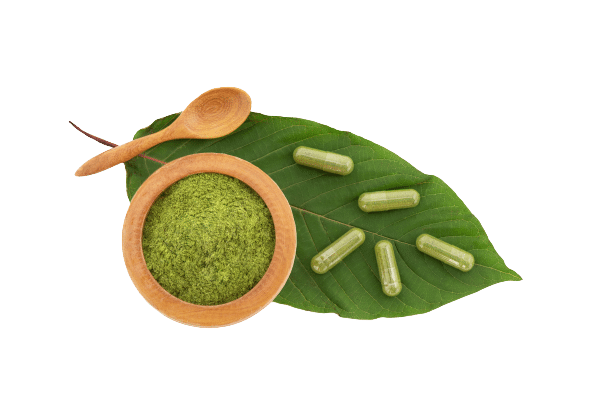
What’s the Dose of Kratom?
Getting your kratom dosage right is essential if you want to control your experience — although strains also influence the overall effects.
Start with a small amount, usually less than 2 g, if you’re new to kratom. Then you can start trying out higher and higher doses, but don’t make too big of a jump.
You can avoid side effects, tolerance build-up, and dependence if you occasionally take a break from kratom.
In general, you can follow these guidelines:
- Low dose (1 – 5 g): This range best promotes the nootropic benefits like focus, creativity, and energy.
- Medium dose (5 – 10 g): Analgesic and anxiolytic properties become more pronounced within this range.
- High dose (10 – 15 g): The relaxant, analgesic, and anxiolytic qualities are strong with these large amounts.
What Are the Side Effects of Kratom?
There are some side effects from kratom, though these are typically minor.
The most common side effects include:
Here are the less common, more severe side effects:
- Addiction
- Itchiness
- Liver damage (with long-term use)
- Loss of muscle coordination
- Low blood pressure
- Low libido
- Poor appetite
- Seizures
- Tremors
Kratom overdoses are extremely rare. Other more dangerous drugs like heroin or cocaine are almost always involved in fatal instances.

What Are the Different Types of Kratom?
Kratom comes in several different strains. And even though they all share the same basic properties, each strain emphasizes specific effects more than the others.
The strains differ because of differences in the processing of the kratom leaves, such as the harvest time. These changes lead to contrasting alkaloid profiles within the plant.
Fun fact: the names of each strain refer to the color of the leaf veins. This is apparent in leaf form, but all strains look the same once kratom is turned into powder.

White Vein Kratom
White vein kratom is commonly referred to as the “mental strain” because it excels at stimulating all of kratom’s nootropic effects. If you’ve been paying attention, you know these are typically associated with a low dose of kratom.

Red Vein Kratom
Red vein kratom strains are the best choice for analgesic or anxiolytic relief. These are the effects of a mid-to-high dose of kratom.
The best part is that if you use a red-veined strain, you won’t have to consume so much to get these effects.

Green Vein Kratom
Green vein kratom is the middle point between white-veined and red-veined strains.
It balances out the nootropic and stimulating effects with the analgesic, and relaxing effects, leading to a more varied strain. Basically, you get a more extensive range of effects, but you sacrifice a more targeted experience.

Yellow Vein Kratom
Yellow-vein kratom is the odd man out. It has no unique qualities as it’s almost the same as green. The only difference is it’s the mildest — perfect for first-timers and those sensitive to kratom.

Key Takeaways: Is it Safe to Mix Kratom & Ivermectin?
If your goal is to stay safe, you shouldn’t take kratom and ivermectin.
Metabolic inhibition is probably not a big deal because ivermectin is typically only taken once. However, other factors, like ivermectin crossing the blood-brain barrier, can put you at a much bigger risk.
Additionally, if, for some reason, you have to take ivermectin continually, then you should abstain from using kratom in the meantime.
If you feel you must continue using kratom, consult your doctor about what other alternatives may be best.
- González Canga, A., Sahagún Prieto, A. M., Diez Liébana, M. J., Fernández Martínez, N., Sierra Vega, M., & García Vieitez, J. J. (2008). The pharmacokinetics and interactions of ivermectin in humans—a mini-review. The AAPS journal, 10(1), 42-46.
- Hanapi, N. A., Ismail, S., & Mansor, S. M. (2013). Inhibitory effect of mitragynine on human cytochrome P450 enzyme activities. Pharmacognosy research, 5(4), 241.
- Goodman, L. S. (1996). Goodman and Gilman’s the pharmacological basis of therapeutics (Vol. 1549, pp. 1361-1373). New York: McGraw-Hill.
- Caumes, E., & Danis, M. (2001). Nouvelles indications de l’ivermectine. La Revue de médecine interne, 22(4), 379-384.
- Van Laethem, Y., & Lopes, C. (1996). Treatment of onchocerciasis. Drugs, 52(6), 861-869.


